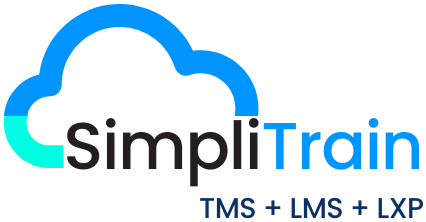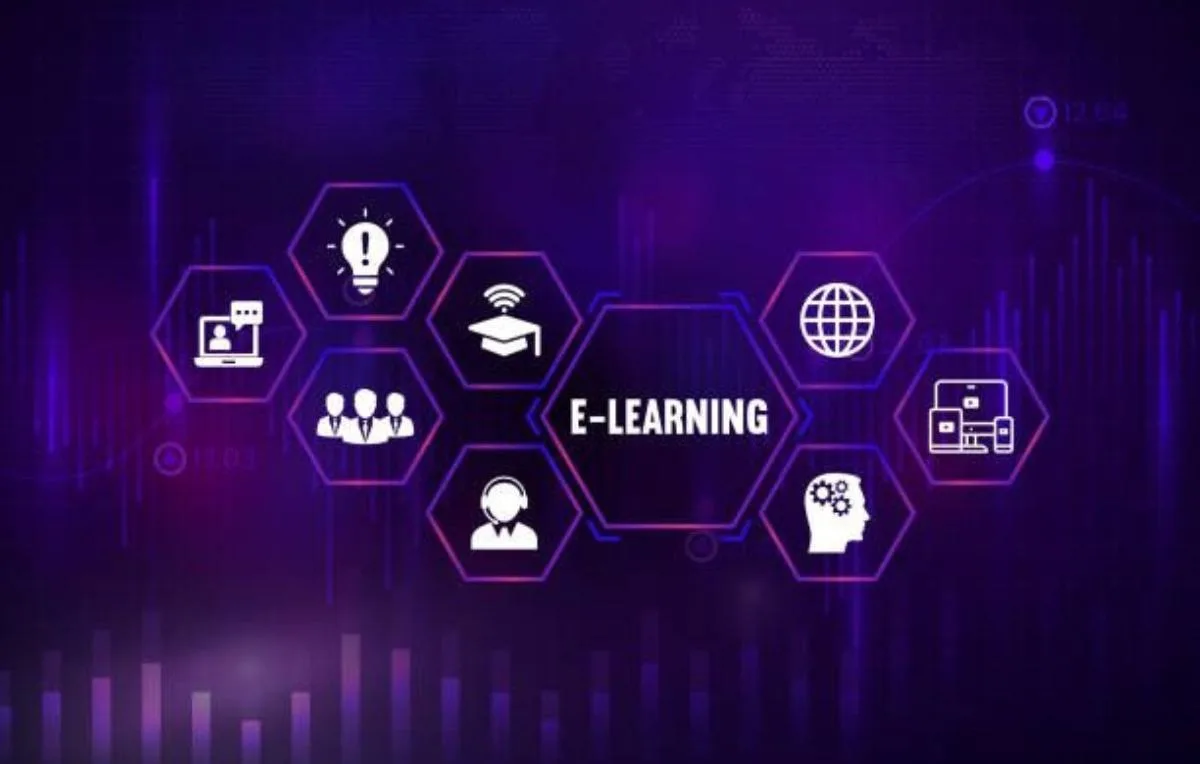Why Traditional Partner Training Is Failing – And What to Do Instead
For decades, businesses have relied on traditional partner training methods – static PowerPoint presentations, lengthy manuals, and one-time onboarding sessions. But in today’s dynamic market, these approaches are falling short. Partners struggle to retain information, engagement levels drop, and companies fail to see real ROI from their training programs. So, what’s going wrong, and more importantly, how can you fix it?
The Shortcomings of Traditional Partner Training
- One-and-Done Training Doesn’t Stick
Most partner training programs focus on a single onboarding session. But let’s be real – no one remembers everything from a two-day training workshop. Without reinforcement, 90% of what’s learned is forgotten within a month. - Lack of Personalization
A one-size-fits-all approach doesn’t work anymore. Every partner has unique needs based on their role, region, and expertise. Yet, traditional training treats all partners the same, leading to disengagement and poor knowledge retention. - Limited Accessibility and Flexibility
In-person training sessions or outdated LMS platforms often fail to accommodate partners working across different time zones. If training isn’t available on-demand and in multiple formats, partners are less likely to engage. - No Real-Time Analytics or Feedback
Without performance tracking, businesses have no way of knowing whether partners truly understand the material. Most traditional training programs lack built-in analytics, making it impossible to measure effectiveness or make improvements.
What to Do Instead: Modernizing Partner Training
- Implement Continuous Learning with Microlearning
Instead of a one-and-done approach, break training into bite-sized, digestible content. Short, engaging modules improve retention and allow partners to learn at their own pace. - Personalized and Adaptive Learning Paths
Use AI-driven learning platforms to create customized training experiences. Partners should only see content relevant to their role, industry, and expertise level, making learning more effective and engaging. - On-Demand, Multi-Format Content
Modern partners need training that fits into their schedules. Offer interactive e-learning modules, video-based lessons, live Q&A sessions, and even mobile-accessible content. The more flexible, the better. - Leverage Gamification and Community Engagement
Make training fun. Add leaderboards, badges, and rewards to motivate partners. Encourage peer-to-peer learning with discussion forums and knowledge-sharing platforms. - Use Real-Time Data and Feedback Loops
Leverage training platforms that provide real-time analytics, completion tracking, and assessments. This allows you to measure knowledge gaps, iterate on training content, and ensure partners are set up for success.
The Future of Partner Training
Partner training needs to evolve from a passive, outdated process into an engaging, data-driven experience. By implementing modern training strategies, businesses can ensure their partners are informed, motivated, and aligned with their goals. Investing in the right training approach today will lead to better partner performance, higher retention rates, and ultimately, increased revenue.
It’s time to leave traditional partner training behind. The future belongs to businesses that prioritize smart, flexible, and engaging learning experiences.











